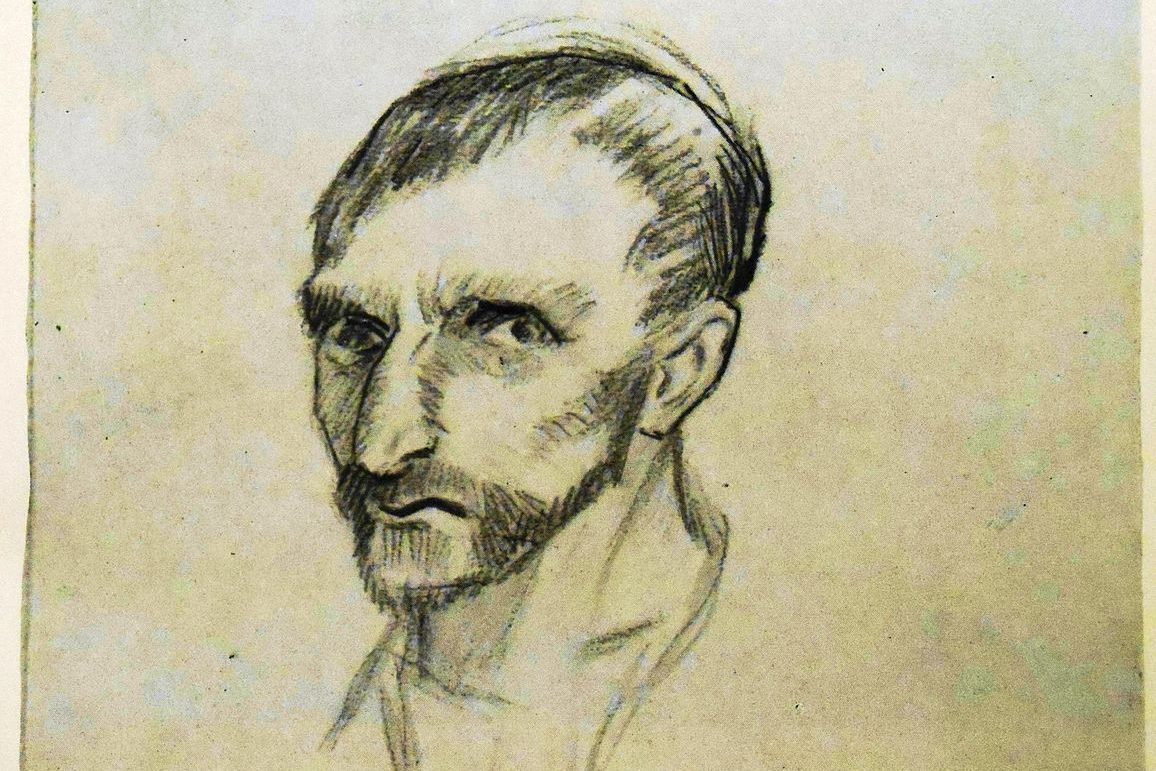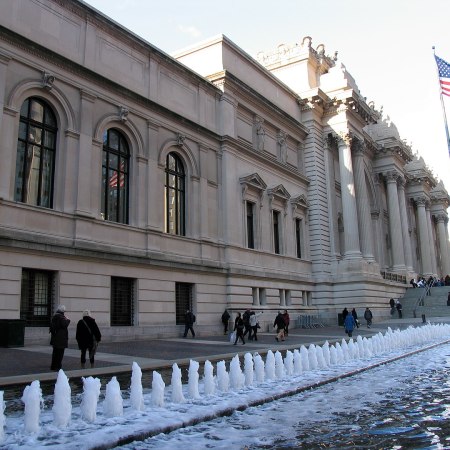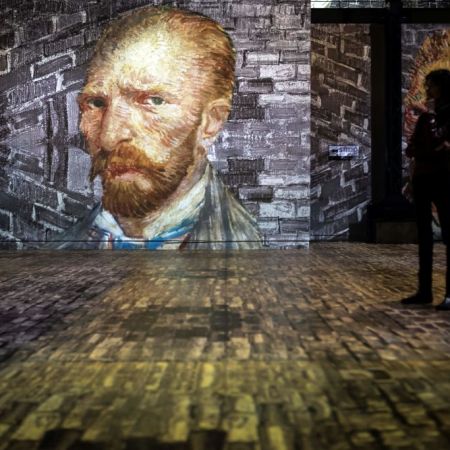Have you ever jotted something down on a piece of paper, and then used that same piece of paper as a bookmark? It’s a common enough phenomenon, and whether what’s on there is a sketch, a list or a reminder, it might end up lost for years or decades until you revisit the same book. As you stash your scribbling between two pages, rest assured that you’re part of a long and storied tradition. A new find, now on display at Amsterdam’s Van Gogh Museum, suggests that Vincent van Gogh engaged in that very same practice.
To put things another way: for us, the prospect of a newly-discovered series of van Gogh sketches is a landmark event. For van Gogh himself, however, those sketches made a perfectly serviceable bookmark.
Writing at The Art Newspaper, van Gogh expert Martin Bailey offered an in-depth look at this new find. Bailey offers a succinct description of the sketches, which focus on a trio of peasants. “Discoveries of totally unknown Van Gogh drawings are now rare—perhaps once or twice in a decade,” Bailey writes. What led to the discovery of this new work?
In 1883, van Gogh sent a copy of Emile Erckmann and Alexandre Chatrian’s Histoire d’un Paysan, a novel about the French Revolution, to his friend Anthon van Rappard. The sketches were found inside, and are stylistically similar to work van Gogh was doing in 1881 — suggesting that he may have used the sketches as a bookmark and then forgot about them.
After van Rappard’s death, his wife held on to the book and the sketches, and they stayed in her family until 2019; at that point, they sold both to the Van Gogh Museum. These early works give a fuller sense of van Gogh’s evolution as an artist — and offer a glimpse of his friendships and literary enthusiasm as well.
Thanks for reading InsideHook. Sign up for our daily newsletter and be in the know.


















